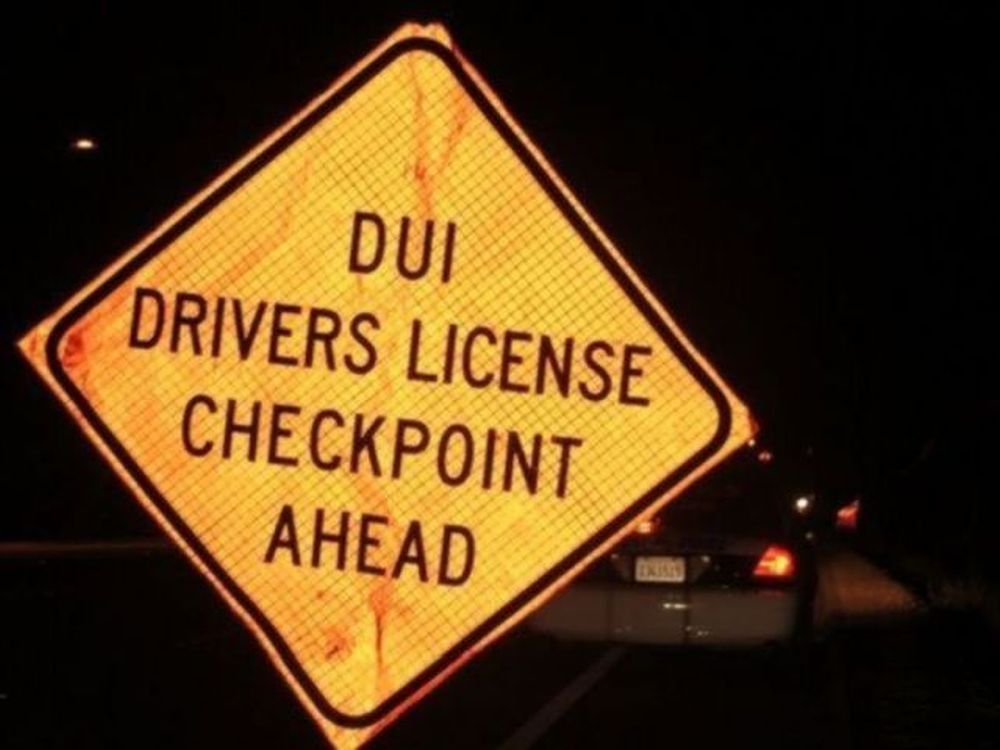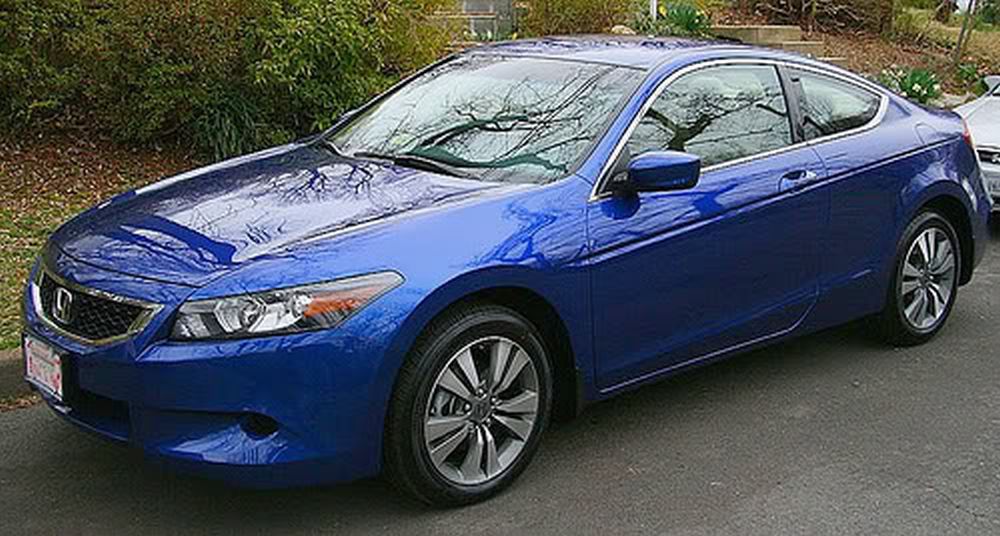Saving Money on Auto Insurance: What You Need to Know
Saving money on auto insurance can be a daunting task. With so many policies and providers to choose from, it can seem overwhelming. But, dont fret! Knowing a few basics and understanding a few tactics can help you save money on your auto insurance policy.
The first step is to review your current policy and make sure you aren’t paying more than you need to be. Nothing is worse than overpaying for a service you dont need or cant use. Make sure you don’t need more coverage than you have, and that you don’t have coverage for something you don’t need. A good way to start is by browsing through the many online tools that help you compare all the various insurers in your area, as well as rates, and the requirements for each policy. Look for discounts that may apply to you or your car some insurers offer discounts for student drivers, multiple vehicles, female drivers, airbags, etc.
Your car itself is a big factor in your auto insurance rates. If you want to save money on your policy, look for cars that dont come with a ton of flashy features. The more basic your car, the less expensive it is to insure. Additionally, make sure to keep your car in good condition. Regular maintenance will prove that you are responsible with your vehicle, which helps keep costs low.
You may be reluctant to raise your deductible, but this could save you a lot of money. Essentially, the higher the deductible, the lower the rate. Of course, you have to make sure you have the financial resources to cover an unexpected incident in case you do need to pay for a higher deductible.
Its no secret that driving safely will save you money on your auto insurance. An accident can significantly raise your rates, so avoiding them is key. Also, try to avoid speeding tickets. Drive the speed limit and let faster vehicles around you pass. Steer away from regular routes where speed traps are common.
Adding other drivers to your policy can also save you money. A teenager comes with a higher rate, but for that rate, your teenager can drive your car and another that you designate. If two adults with good driving records share the same car, both can be added to the same policy.
Take advantage of discounts offered by insurers. In most cases, if you qualify for any discounts, you should take them. Many companies offer discounts not just for auto insurance, but for other services or products if enrolled. Make sure to ask about these when getting a quote.
The type of coverage you select can make a big difference in savings as well. Generally, you should only get the maximum coverage allowed in your state, plus anything else needed for your specific circumstances. This means you’ll be adequately protected, yet avoiding overpaying for coverage you don’t need. Different coverage plans require different kinds of deductibles. When you have an understanding of the coverage, you can make an informed decision on policy and deductible levels.
Shop around for the best value. Depending on your risk profile and the provider, you may find a better deal with another carrier. Your search should include not just local companies, but companies that exist solely online as well.
Of course, all of these tips and techniques should be tailored to your specific situation. Decide which ones are most important to you and explore further on these points. Be sure to review the policy details and stay vigilant as your situation and needs change over time.
Just like anything else, auto insurance requires research and patience. Youll want to make sure you have the best policy for your situation, saving you money now and protecting you and your vehicle in the long run.









